Related Research Articles
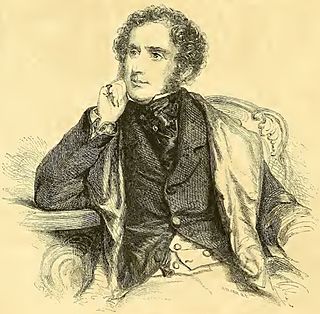
James William Wallack, commonly referred to as J. W. Wallack, was an Anglo-American actor and manager, born in London, and brother of Henry John Wallack.
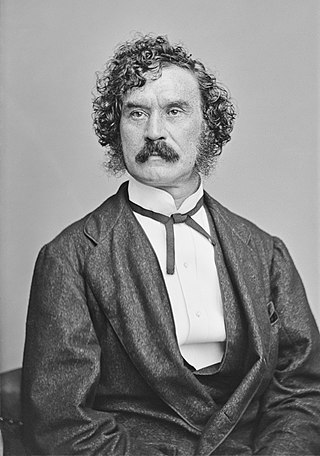
John Johnstone Wallack, was an American actor-manager and son of James William Wallack and Susan Johnstone. He used the stage name John Lester until October 5, 1858, when he first acted under the name Lester Wallack, which he retained the rest of his career.
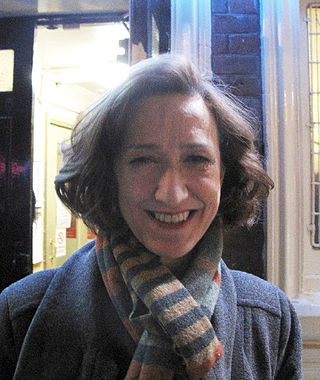
Haydn Gwynne is an English actress. She was nominated for the 1992 BAFTA TV Award for Best Light Entertainment Performance for the comedy series Drop the Dead Donkey (1990–1991), and won the 2009 Drama Desk Award for Outstanding Featured Actress in a Musical for her role in the Broadway production of Billy Elliot the Musical. She is also a four-time Olivier Award nominee. Her other television roles include Peak Practice (1999–2000), Merseybeat (2001–2002), and playing Camilla in The Windsors (2016–2020).

Three New York City playhouses named Wallack's Theatre played an important part in the history of American theater as the successive homes of the stock company managed by actors James W. Wallack and his son, Lester Wallack. During its 35-year lifetime, from 1852 to 1887, that company developed and held a reputation as the best theater company in the country.

Sean Gerard Mathias is a Welsh actor, director, and writer. He is known for directing the film Bent and for directing highly acclaimed theatre productions in London, New York City, Cape Town, Los Angeles and Sydney.

Caroline Lucreza Brook Hill was an English actress. She began acting as a child in the company of Samuel Phelps and soon joined the company of J. B. Buckstone at the Haymarket Theatre. There she created roles in several new plays, including some by W. S. Gilbert, in whose plays she continued to act later in her career. She played at various London and provincial theatres in the 1870s. Hill married actor Herbert Kelcey in 1883, with whom she had begun to appear on stage. The couple played mostly in New York City in the 1880s, and, mostly in England, Hill continued to act through the 1890s.

Sarah Jane Woolgar was an English stage actress. She had leading roles in plays by notable dramatists of the day, including original productions. She had a long association with the Adelphi Theatre in London.

Toby Finn Regbo is an English actor who has appeared in film, television and theatre. He is known for his role as young Nemo Nobody in the science fiction drama Mr. Nobody (2009), as Francis II of France in Reign (2013-2017), Æthelred in The Last Kingdom (2017–2020), Tommaso Peruzzi in Medici: Masters of Florence (2019) and Jack Blackfriars on A Discovery of Witches (2022).

The Harold Pinter Theatre, known as the Comedy Theatre until 2011, is a West End theatre, and opened on Panton Street in the City of Westminster, on 15 October 1881, as the Royal Comedy Theatre. It was designed by Thomas Verity and built in just six months in painted (stucco) stone and brick. By 1884 it was known as simply the Comedy Theatre. In the mid-1950s the theatre underwent major reconstruction and re-opened in December 1955; the auditorium remains essentially that of 1881, with three tiers of horseshoe-shaped balconies.

Barney Williams was an Irish-American actor-comedian popular during the mid decades of the 19th century. He was probably best remembered by audiences of the day for playing Ragged Pat in J. A. Amherst's drama Ireland as it is and the title role in Samuel Lover's comic opera Rory O'More. Throughout the greater part of his career he was billed along with his wife, the former Maria Pray, as Mr. and Mrs. Barney Williams.
Watts Phillips was an English illustrator, novelist and playwright best known for his play The Dead Heart, which served as a model for Charles Dickens' A Tale of Two Cities.

Alma Stuart Stanley was a British actress and vocalist once popular on both sides of the Atlantic Ocean. She was perhaps best remembered as Lady Teazle in Sheridan's The School for Scandal and Aphrodite in George Procter Hawtrey's Atlanta. In a career of more than thirty years she appeared in some sixty plays and made two North American tours. Her later years were spent in reduced circumstances, culminating with her death at a London prison hospital following an arrest for public intoxication.

The Broadway Theatre, called the Old Broadway Theatre since its demise, was at 326–30 Broadway, between Pearl and Anthony Streets in Lower Manhattan, New York City. With over 4000 seats, it was the largest theater ever built in New York when it opened. During its brief existence, many prominent performers of the era appeared on its stage. It presented plays, opera, ballet, hippodrama, and circus performances in a space that was reconfigured several times. The operators always struggled to make money, however, and after twelve years the Broadway Theatre was replaced by a more profitable building, for the textile trade.
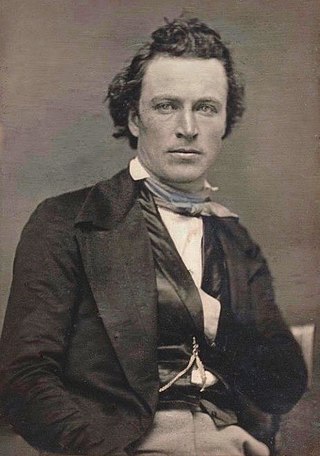
James Stark was a Canadian-born US actor best known for appearances in tragedy.

Town and Country, or Which is Best? is an 1807 play by English playwright Thomas Morton. It was regularly performed in England and America during the 19th century.

The Lottery of Life is an 1867 play by John Brougham, one of his more popular works.
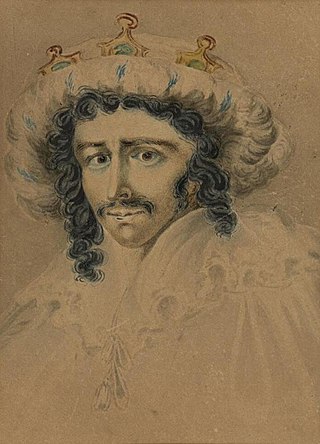
The Anthony Street Theatre was an early New York City theatre which operated intermittently from 1812 to 1821. It opened as the Olympic Theatre in May 1812 and had multiple names during its brief existence.
Diplomacy is an 1878 English play which is a translation and adaptation by B. C. Stephenson and Clement Scott of the 1877 French play Dora by Victorien Sardou. It saw frequent revivals and was a popular play for over fifty years.

John Billington was an English actor, for many years a member of the company of the Adelphi Theatre in London.
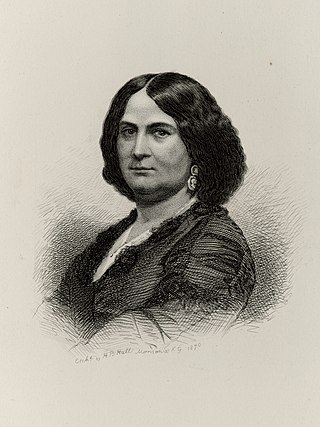
Mary Stevenson, known professionally as Mary Gannon, was an American actress who had an active stage career in comedies and vaudeville during the mid 19th century. A gifted comedienne, she became associated with many of the matron roles of 18th and 19th century comedies. Shortly before her death at the age of 39, New York theatre critic Joseph N. Ireland wrote of Gannon, "[she] is now universally acknowledged to be the best general comic actress in the city."
References
- ↑ (25 November 1867). Advertisement, New York Tribune (advertisement for New York debut of play)
- ↑ (23 November 1867). Advertisement, New York Tribune (advertisement that The Belle's Stratagem would conclude that night and Maude's Peril would debut on Monday)
- 1 2 3 Maud's Peril: A Drama in Four Acts (Robert M. De Witt, Publisher)
- ↑ SCENE FROM "MAUD'S PERIL" AT THE ADELPHI, Illustrated Sporting and Theatrical News, Nov. 30, 1867, p. 760
- ↑ (October 1875). Old Friends with New Faces, Lippincott's Monthly Magazine
- ↑ (8 December 1867). The Drama Legitimate and Illegitimate--The Prospects of the New York Stage, New York Herald
- ↑ [ (official edition) Maud's Peril]
- ↑ Nicoll, Allardyce. A history of late nineteenth century drama, pp. 70-71 (1975 ed.)
- ↑ The Adelphi Theatre Project Sans Pareil Theatre, 1806-1819, Retrieved 5 December 2017